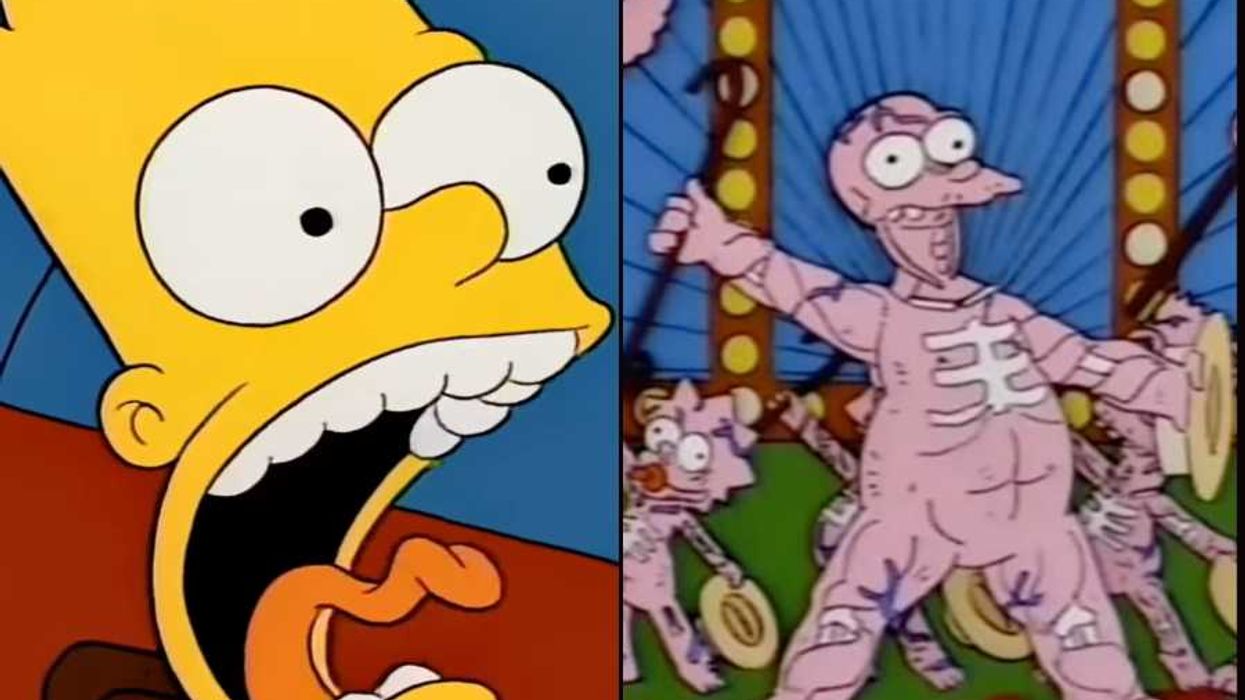Nestled in the north of Norway’s capital, Oslo, is a “forest within a forest” marked by pebble trails, pine needles, burnt logs, and the aroma of Norwegian coffee. Each year, a “Handover ceremony” is organized in this nestling forest, where authors sit shoeless, and foresters serve them coffee brewed in open-fire pots along with chocolates as part of their ritual. This forest is a part of the surreal “Future Library” project.
The Future Library is a century-long project conceived by Scottish artist Katie Paterson. The project aims to grow thousands of trees in the forest, whose wood will be used to publish a series of anthologies from the selected hundred authors who have participated. Each year, one author submits a manuscript which is held in trust and remains unpublished until 2114.
The current manuscripts are locked inside the Silent Room in the heart of the city’s public library, the Deichman Bjorvika. This room is a secretive chamber hidden on Deichman’s fifth floor. Each year, a text is placed in the glass drawers of this room. According to an Instagram post, the room was designed by Paterson and architects Atelier Oslo and Lund Hagem. People say the room is so tranquil that it sounds like a meditation temple. Some of the writers who have submitted their manuscripts until now include Margaret Atwood, David Mitchell, Sjón, Elif Shafak, Han Kang, Karl Ove Knausgård, Ocean Vuong, Tsitsi Dangarembga, and Judith Schalansky. Atwood was the first author who handed over her manuscript, “Scribbler Moon,” in May 2014.
According to Vuong, the Future Library is like his family. For him, the handover ceremony is a very emotional experience. On the other side, for Zimbabwean novelist Tsitsi Dangarembga, who joined the Future Library in 2021, the project relates to something archetypal within humans. Talking about the project, Future Library’s 2017 author Elif Shafak told Al Jazeera, “This is a project of faith, faith that… our words today will matter to people of future generations, that there will be a need for literature, there will be a need for poetry, for novels, for ideas… for emotional connections.”
The idea of the Future Library, a brainchild of Paterson, first popped into her mind when she was on a train journey. She was delightfully immersed in drawing tree ring doodles on a napkin. But it turned out to be much more than just tree rings. She became keen to explore primordial landscapes, and that’s when she decided to create something like a century-old time capsule.
Now, as the project reaches its tenth year, the staff has curated some contingency plans. The paper copies of the manuscripts are secured, and the tree roots have been treated against possible insect infestations. Nonetheless, the idea of a secret library where no book is readable sounds dreamlike.



















 Is solo sleep the best sleep?
Is solo sleep the best sleep?  Some poeple want their space, and some can't imagine being that seperate.
Some poeple want their space, and some can't imagine being that seperate. 




